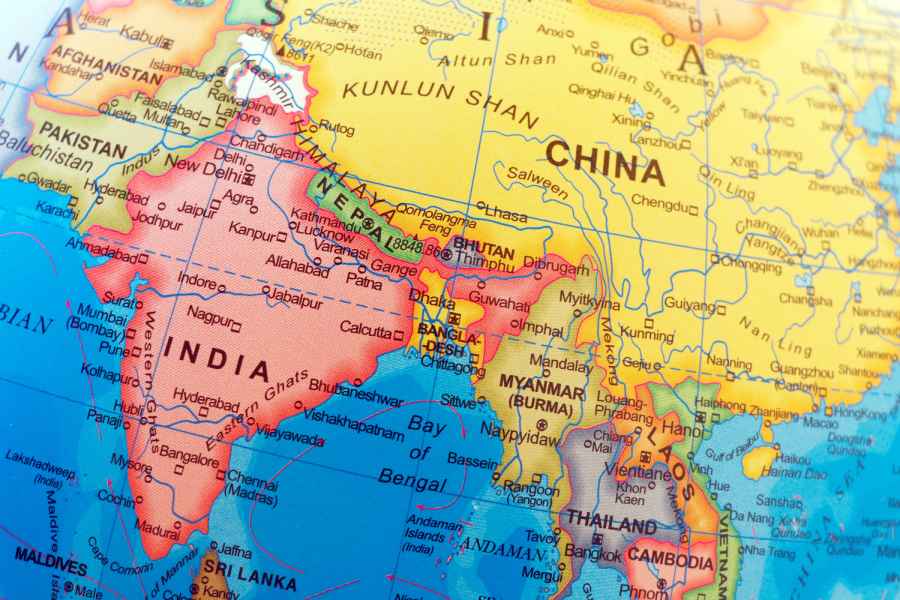The recently-released report, State of India’s Birds 2023, chronicles a grim tale. Of the 338 bird species for which there were enough data to assess long-term trends, 60% showed a decline — 204 of them declined over time, 20 of which are from West Bengal. Among the 359 species analysed for current annual trends, 142 are reducing, 64 of which are in a “rapid decline”. As in most cases of ecological degradation, humanity’s expanding carbon footprint on the natural world and climate change are the principal causes behind avian decimation. While a few generalist species like the Indian peafowl and the Asian koel seem to be thriving, most others, especially habitat specialists such as birds found in grasslands and wetlands, are in grave danger. Insectivorous birds are vanishing too owing to an absence of prey, as are carrion-feeders like raptors and vultures. State apathy is a killer too. The Supreme Court had mooted the idea of Project GIB last year to protect the handful of great Indian bustards that remain and sought the government’s response. This year, the Union minister for environment refused to admit that power lines were decimating this species.
The importance of birds is often underappreciated even though avians are highly visible and reliable indicators of ecologies. They function as pollinators, seed-dispersers, ecosystem engineers, scavengers and help in pest control. When bird populations decline, they adversely affect each segment of the ecology that benefits from their activities. For example, when some species of vultures were nearly driven to extinction in India, the population of feral dogs increased, sparking concerns about a rise in rabies. There are other examples of the impending loss of birds signifying deeper threats to fellow species, including human beings. Not only has the decline in birds increased the frequency of locust attacks in East Africa and the Arabian Peninsula, leading to massive crop losses, but it also reduces the ability of plants to adapt to climate change, affecting global food security.
Does the relatively quiet acceptance of the disappearance of birds bare an anomaly within the ethics of conservation? Birds are frequently eclipsed by ‘flagship’ species — tigers, lions and elephants, among others — in the public discourse. Research shows that fewer people and corporates donate to causes like bird conservation, choosing instead to invest in politically sensitive projects like the return of the cheetah to India. Taxonomic bias in conservation is real and must be addressed. It also betrays a shared ignorance about the interdependence of species.
This precarious situation notwithstanding, birds are highly adaptive creatures. Studies show that species like the Indian eagle owl, Indian grey hornbill, red-wattled lapwing, and white-breasted kingfisher have changed nesting patterns and mating cycles to survive rapid urbanisation by laying eggs on rooftops, building nests with waste and scrap material and so on. A helping hand from humans may go a long way in preventing a silent spring. Bird shelters on rooftops, architecture that encourages nesting, and planting fruit trees instead of ornamental ones along the roads are just some of the measures that may change the fate of some of the winged creatures.











